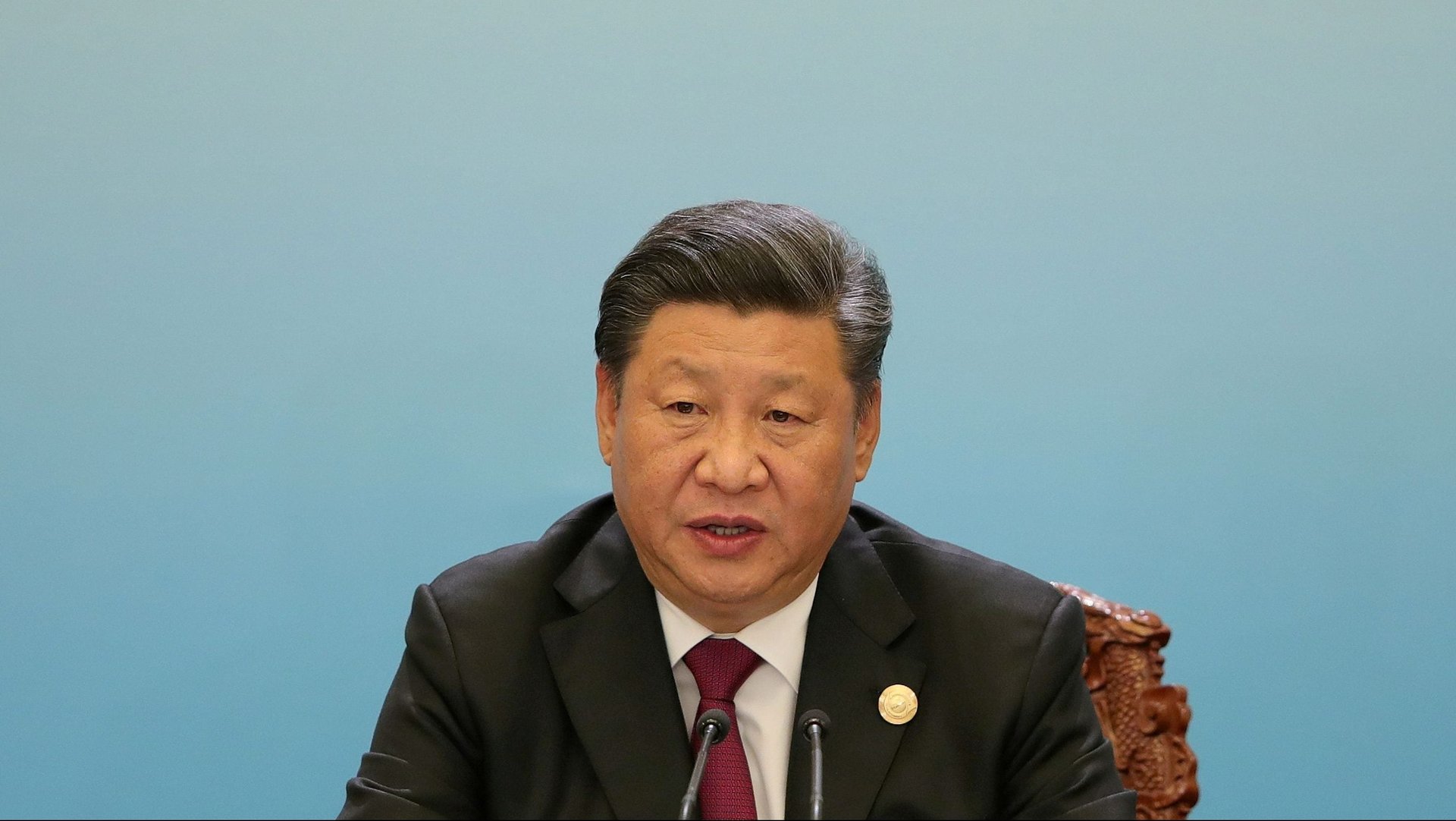Chinese lending to African countries jumped tenfold in the last five years
China’s loans to African states have been caught between local realities and debt anxieties. In the five years from 2012 to 2017, Chinese lending to sub Saharan African countries jumped to more than $10 billion a year, up from less than $1 billion in 2001, according to credit analysts at Moody’s.


China’s loans to African states have been caught between local realities and debt anxieties. In the five years from 2012 to 2017, Chinese lending to sub Saharan African countries jumped to more than $10 billion a year, up from less than $1 billion in 2001, according to credit analysts at Moody’s.
Over the last two decades, China has pledged billions of dollars to countries in loans, grants, and development financing. Through its Belt and Road initiative, agreements with the African Union, and at the forum on China-Africa cooperation, the Chinese extended their “win-win” economic policy by investing in railway, highway and port projects besides industrialization.
African nations, in dire need of boosting their infrastructure, economic growth, and global competitiveness have increasingly looked to China for loans. Yet the borrowing spree has come under scrutiny in recent years, with critics noting they could encourage dependency, entrap nations in debt, and push debt limits to unsustainable levels.
The implications of these lending practices amplify the credit risks facing African states, says Moody’s. Unless the investments financed by China generates substantial economic gains boosting debt servicing capacity, the loans will have significant implications for growth, debt sustainability, and affordability. With an already mounting debt problem and low foreign exchange reserves, some of these African countries might be exposed to fiscal and external vulnerabilities.
And when that happens, China’s willingness—or not—to renegotiate loans, and how transparent and uniform that process will be, might influence sovereign credit profiles. “The lack of predictability around the conditions attached to these restructurings mean the credit implications are less clear,” the report says.
This warning doesn’t bode well for African governments, who are already battling rumors that they are about to hand over state assets to Beijing. Given that Chinese loans come with fewer strings attached, experts have raised concerns that governments are saddling taxpayers with unnecessary debt in the name of development. Another compounding problem is that China isn’t a member of the Paris Club, the multilateral group of official sovereign creditors.
From Kenya to Zambia, and Djibouti, there are worrying signs that Chinese control of national resources is imminent—especially as it grows as the single major external or bilateral creditor. In October, Sierra Leone’s new government canceled a deal to build a Chinese-funded airport citing the “uneconomical” nature of the project.
The nature of the debt and how it’s collateralized against a specific quantity of a natural resource has also been highlighted. Angola, for instance, services its debt to China by shipping specific quantities of oil; a shift in market prices could strain its ability to repay the debt.
Over the last few years, countries from Cameroon to Tanzania, Ethiopia, and Botswana have all sought deals to have their debts restructured or written off—to varying success. But that doesn’t wane from the fact that Beijing has taken land in Tajikistan and a port in Sri Lanka in exchange for the waiving of outstanding debt. And “Even if debt restructuring alleviates immediate liquidity pressure, the loss of natural resources revenue or other assets is credit negative,” Moody’s noted.